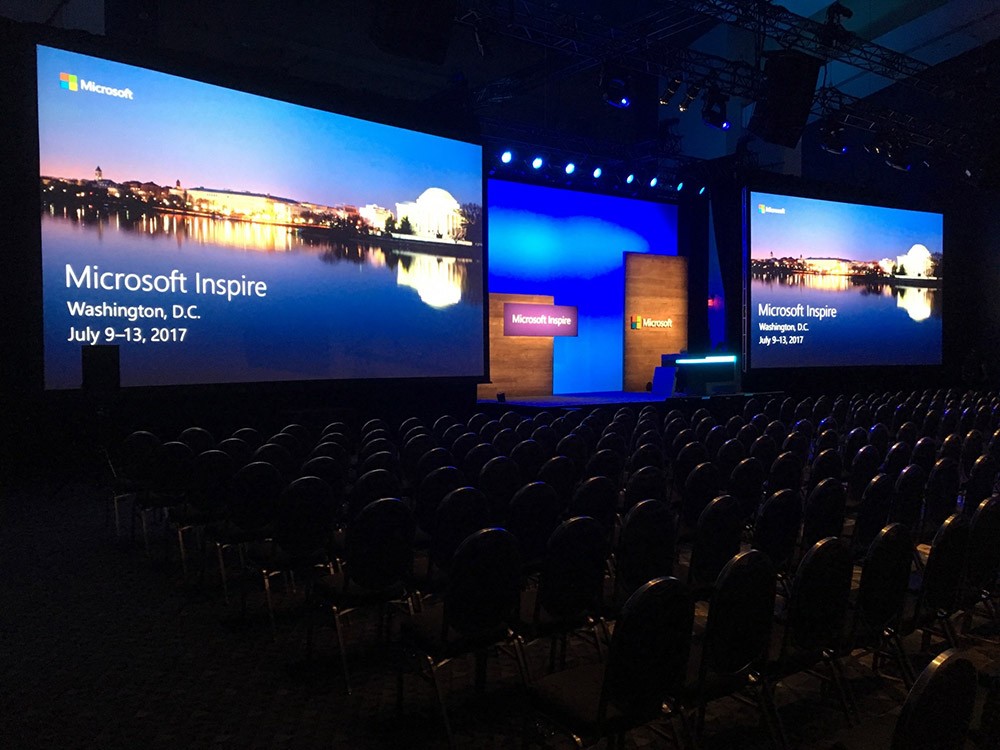Exploring The Way Resolution Affects the Performance and Aesthetic Quality of Light Emitting Diode Walls in Contemporary Display Technology
LED screens are becoming more and more popular in various settings, including musical events and sports competitions to business presentations and art installations. One of the key crucial elements that influence the performance and image clarity of these screens is image clarity. Image resolution refers to the quantity of pixels that make up the image on the screen. Increased image clarity means additional pixels, which can lead to sharper and clear visuals. Grasping how image clarity impacts LED walls can help users make knowledgeable choices about their screen requirements.When talking about image clarity, it is essential to consider picture spacing, which is the distance between the center of one pixel to the center of the following picture element. A smaller pixel pitch results in a higher resolution, allowing for additional clarity in the images shown. For instance, an LED screen with a pixel pitch of 1.5mm will provide a sharper visual than one with a picture spacing of 3mm. This is especially important in settings where audiences are close to the screen, such as in a small location or a trade show booth. In these situations, a greater image clarity can greatly enhance the viewing experience.
Another factor of image clarity is its effect on color precision and brightness. LED walls with higher image clarity often have superior hue reproduction, meaning that the colors shown are increasingly lively and realistic. This is crucial for applications like advertising, where the objective is to capture interest and communicate a message effectively. Additionally, greater resolution screens can preserve brightness levels even when viewed from various perspectives. This is important in large locations where viewers may be seated at various ranges and positions from the display.

The performance of LED walls is also influenced by resolution in terms view of update rates and reaction durations. A higher resolution screen can support quicker update rates, which is essential for fast-moving content such as videos and animations. This means that the images on the screen will appear smoother and increasingly fluid, enhancing the overall viewing quality. In comparison, lower resolution displays may struggle with fast-moving material, resulting in blurriness or delay. Therefore, for occasions that depend on dynamic visuals, choosing a screen with a appropriate image clarity is vital.
In summary, image clarity plays a crucial role in defining the functionality and visual quality of LED walls. Factors such as pixel pitch, hue precision, luminosity, update rates, and response times all affect how efficiently a screen can convey information and engage viewers. As technology continues to progress, grasping these factors will help users choose the appropriate LED screen for their specific requirements, guaranteeing that they obtain the optimal potential results in their presentations and events.